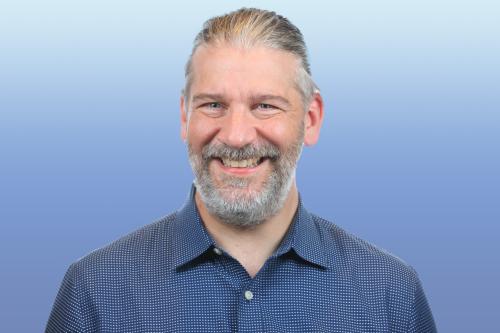Research Integrity and RAiD
Letter from the Executive Director, July 2024
Things don’t seem to slow down over the summer in quite the same way they did in the past. May and June have always been busy months, and so much more to do remains on our plates. Perhaps rather than taking a break, we can all just appreciate a more reasonable pace in the summer months.
In the run up to the beginning of summer, NISO has been incredibly productive. Just last week, we announced the release of the CREC Recommended Practice, which comes after more than two years of work by the Communication of Retractions and Expressions of Concern Working Group. The project has received a tremendous amount of attention, as concerns about research integrity have expanded, and the number of retracted articles has spiked. This work has been much anticipated, with recent coverage of the problem in The Washington Post and The Wall Street Journal, and several articles in Nature and Science have touched on it as well.
The project is a tangible outcome of the NISO Plus conference in 2021, where Jodi Schneider discussed her RISRS project and its recommendations. The development of a community best practice was key among her ideas, and the topic caught the attention of many attendees, with it being selected as one of the key outputs of the conference. The work was further validated when, late in 2022, the project received funding support from the Alfred P. Sloan Foundation. Obviously, not every project idea that is discussed or submitted takes flight or reaches final publication status. However, it is gratifying when an idea discussed at NISO receives support and validation from our community, gathers momentum in the broader scholarly ecosystem, then moves rapidly towards completion. Hopefully, many of you will begin adopting and implementing the recommendations in your workflows.
This is only one example of how we need to move toward a more interconnected ecosystem of content. Scholarly communications is not, nor has it really ever been, a static distribution of singular outputs or research objects, such as papers. A researcher’s work normally spans more than a single paper, data set, or grant. Nor does one person’s work exist outside of the larger ecosystem. Since the late 1990s, with the advent of citation linking among digital objects, we have begun to expose the connectivity of this process. Far fewer papers today are appended with supplemental materials like they were in the 2000s, as new repositories for data, protocols, software, and other research details have supported their sharing and reuse. The entire research enterprise has become visible, shareable, and reusable.
This could also support greater trust networks in our community. One way to limit the fraudulent introduction of papers is to more robustly connect and describe research projects, their inputs, participants, and outputs. It might be possible to introduce a single paper into the ecosystem without having done the research described in it. It is far more difficult to manufacture all the connecting objects that we now expect, such as identifying all the team members involved in the work and the grants that supported it, pre-registering the research protocols, and generating the data sets that resulted from the work and support the conclusions. Openness and transparency, with the resulting ability to confirm validity, significantly diminish the possibility that someone could falsify their work.
Newly developing identifier and metadata systems to track projects, such as the Research Activity Identifier (RAiD) system, can expand this visibility to the entire scope of a project. Last month, at the PIDfest conference at the NTK Library in Prague, I participated in the RAiD Advisory Board meeting, which discussed the developments of the RAiD system. Having adopted the DOI system as its back end resolution technology, deployment of the RAiD system is accelerating, in partnership with DataCite. It is now in pilot testing in Australia and Europe. If all goes well, it will be more broadly available for use in research contexts around the world.
As things start to slow over the summer in the northern hemisphere, I do hope that you are able to take some time to relax and perhaps enjoy a good book. You might also spend some time thinking of the next big project that NISO should undertake. Much as Jodi Schneider did at the virtual NISO Plus event in 2021, perhaps you can share those ideas at the upcoming NISO Plus Online Global event in September. And while I’d like to enjoy the summer a bit before turning attention to the coming fall, please note that registration for the conference is now open. I’m looking forward to discussing the issues we are all facing and what the next project ideas should be.
Sincerely,
Todd Carpenter
